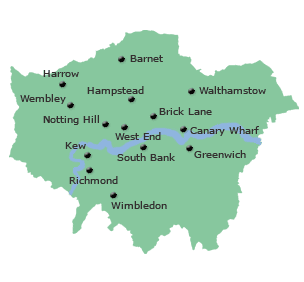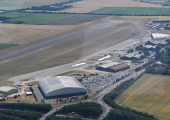
British factory gate prices – what producers charge for their goods – climbed to their highest level in two years this June, adding to concerns about persistent inflationary pressures
in the economy.
According to provisional figures from the Office for National Statistics (ONS), output price inflation rose to 1.9% in June, up from 1.3% in May.
The release marks the ONS’s return to publishing producer price index (PPI) data after a pause earlier this year. Publication was suspended in March when officials uncovered calculation errors stretching back to 2020. While full reporting won’t resume until October, the ONS has started releasing interim updates.
Recent reviews show that inflation in earlier years had actually been higher than originally reported. For instance, April’s annual producer price inflation, first estimated at 0.5%, has now been revised up to 0.7%. The ONS said these adjustments were broadly in line with what it expected.
On the input side – the prices producers pay for materials and energy – costs fell 1.0% in the year to June, continuing the same decline seen in May. That drop was largely driven by a sharp 24.1% fall in oil and gas prices compared with a year earlier.
Economists, including those at the Bank of England, closely watch producer prices because they provide early signals of inflation trends that can later feed through to consumers.
The latest data comes just as Britain is grappling with fast-rising consumer prices. CPI inflation hit 3.8% in July, the highest level in 18 months and the steepest among major developed economies. The Bank of England expects that figure to rise further to around 4% by September.
Although PPI data also feeds into GDP, trade, and construction statistics, the ONS said the revisions are unlikely to have a meaningful impact on official GDP figures for 2025. Photo by J Taylor, Wikimedia commons.




































